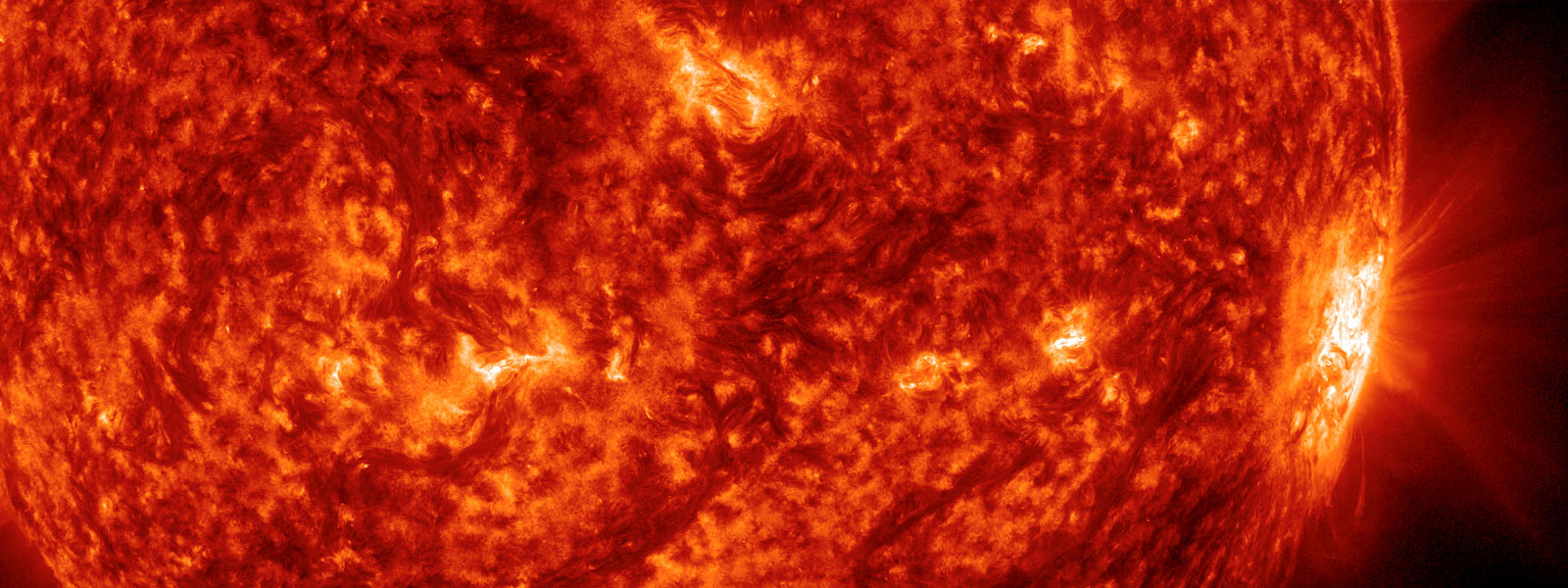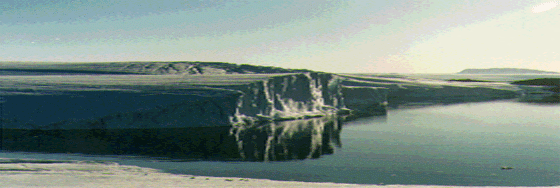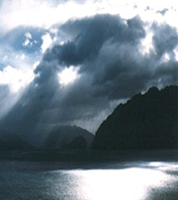
ULF waves
Ultra-Low Frequency (ULF) waves

The electromagnetic spectrum is divided into various frequency bands, defined by the International Telecommunications Union (ITU). For example, HF radars operate in the 3-30 MHZ band. The ITU lists the ULF band as 300 - 3000 Hz. However, in space physics, ULF oscillations are those < 1 Hz, caused by magnetised plasma waves in the magnetosphere. These frequencies are below the ITU defined ELF band (3-30 Hz), and are in the milli-hertz (mHz) range..
In 1963 the International Association of Geomagnetism and Aeronomy (IAGA) introduced a classification scheme for the space physics ULF band, based on their appearance (irregular or continuous) in magnetometer time series records.
| Type | Name | Period (sec) | Frequency (mHz) |
|---|---|---|---|
| Pc1 | 0.2-5 | 200 - 5000 | |
| Continuous | Pc2 | 5-10 | 100 - 200 |
| Pc3 | 10-45 | 22.2 - 100 | |
| Pc4 | 45-150 | 6.7 - 22.2 | |
| Pc5 | 150-600 | 1.7 - 6.7 | |
| Irregular | Pi1 | 1-40 | 25 - 1000 |
| Pi2 | 40-150 | 6.7 - 1000 |
ULF waves propagating in the magnetosphere drive currents in the overhead ionosphere. The magnetic signature of these currents are recorded by magnetometers. Putting together the data from a spatial array of magnetometers can provide clues to the propagation and generation mechanisms of these waves and how they contribute to energy transfer into the auroral ionosphere. Observational data from spacecraft [CRRES, DE1 & 2, ISEE1 & 2, DMSP, IMP8) and numerous ground stations in Australia, New Zealand and Antarctica are used to study ULF waves in the magnetosphere and the ionosphere.
 |
The University of Newcastle acknowledges the traditional custodians of the lands within our footprint areas: Awabakal, Darkinjung, Biripai, Worimi, Wonnarua, and Eora Nations. We also pay respect to the wisdom of our Elders past and present.
